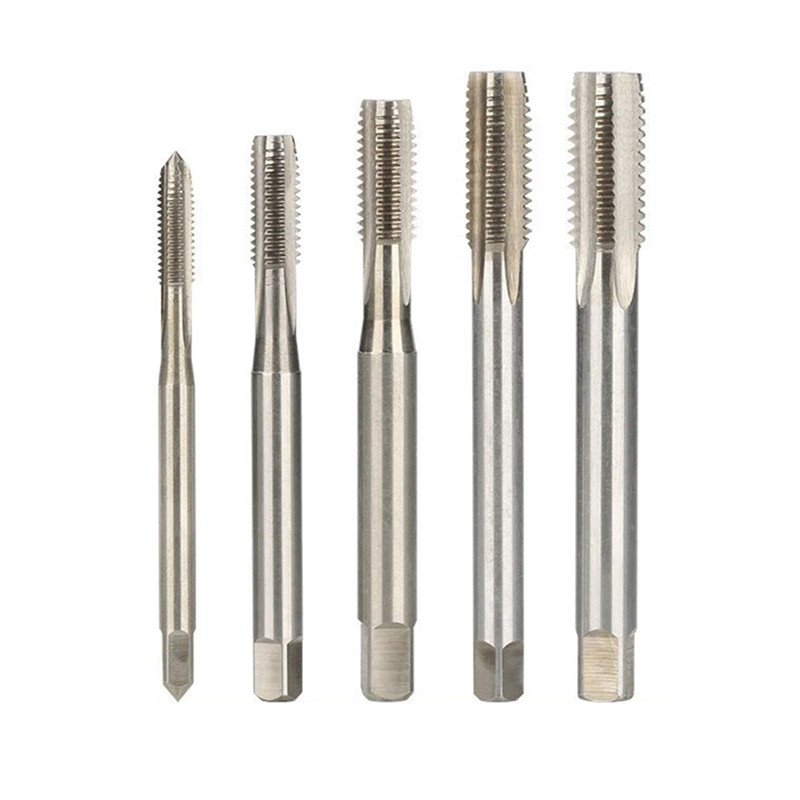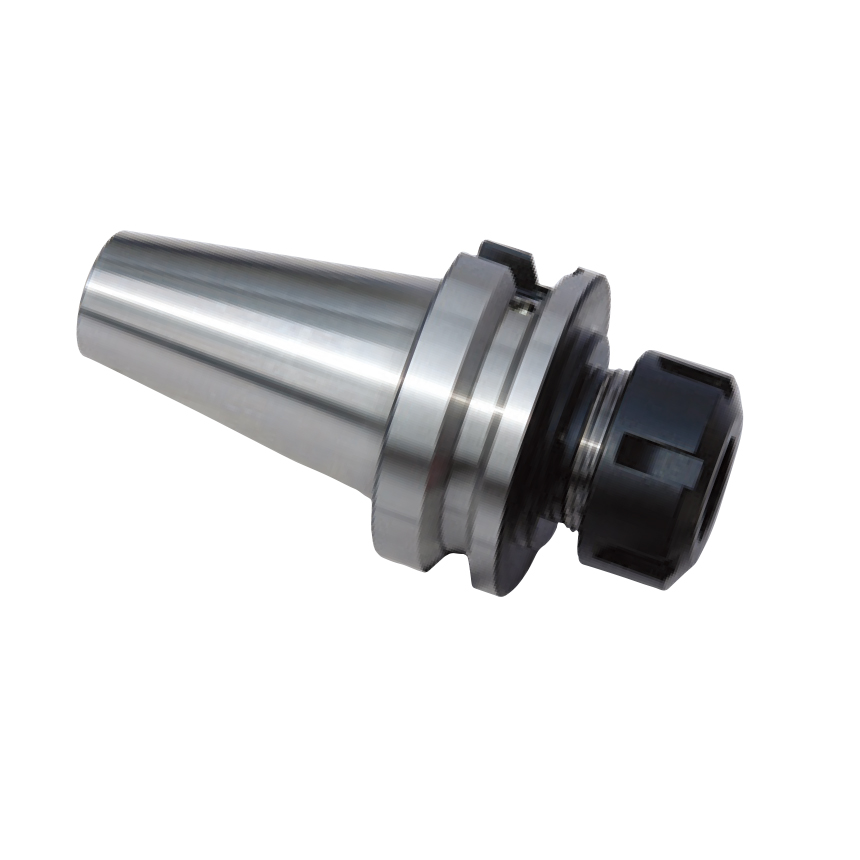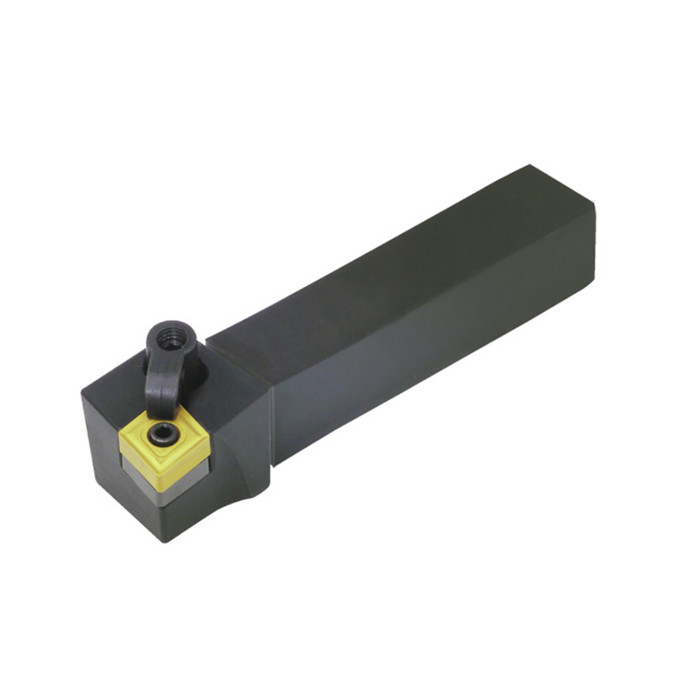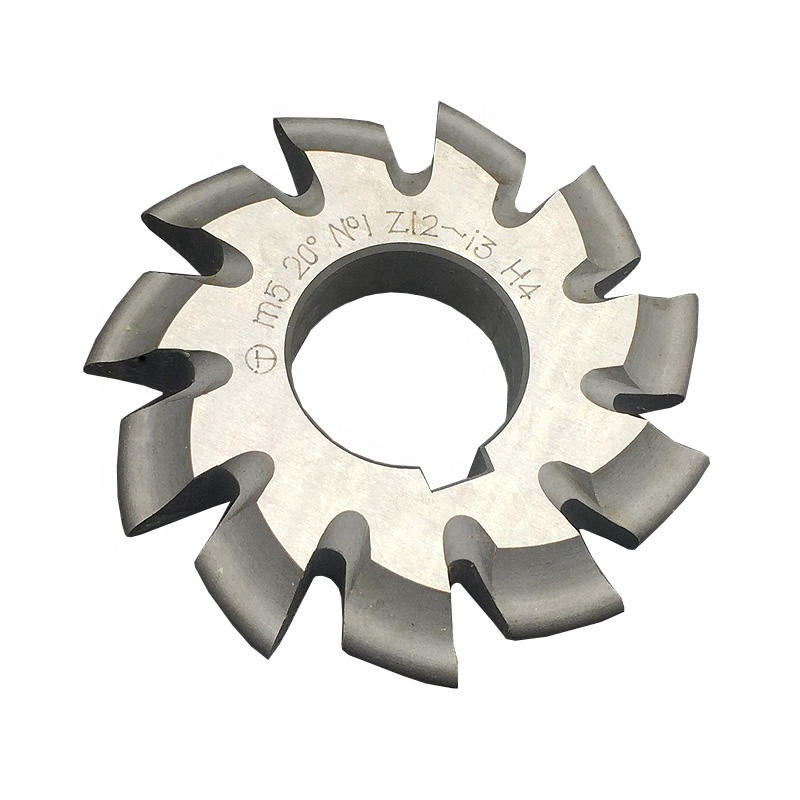Wholesale Slitting Saw
A wholesale slitting saw is a circular saw blade designed for making narrow cuts, or 'slits,' in materials like metal, wood, and plastic. They are commonly used in machining, woodworking, and other manufacturing processes where precision and efficiency are crucial. Choosing the right slitting saw depends on the material being cut, the desired cut depth, and the machine being used.
Understanding Slitting Saws
What is a Slitting Saw?
A slitting saw is a type of circular saw specifically engineered for creating narrow, precise cuts. Unlike other saw blades designed for wider kerfs (the width of the cut), slitting saws prioritize accuracy and material conservation. They are essential tools in various industries, from metalworking to woodworking, where intricate cuts are required.
Types of Slitting Saws Available
The market offers a diverse range of slitting saws, each tailored for specific applications. Here’s a breakdown of common types:
- High-Speed Steel (HSS) Slitting Saws: These are the most common type, known for their versatility and cost-effectiveness. HSS saws are suitable for cutting a wide range of materials, including mild steel, aluminum, and plastic.
- Carbide-Tipped Slitting Saws: Featuring carbide inserts brazed onto the blade's teeth, these saws offer exceptional hardness and wear resistance. They are ideal for cutting tougher materials like stainless steel, hardened alloys, and composites.
- Solid Carbide Slitting Saws: Made entirely of carbide, these saws provide superior rigidity and cutting performance. They are often used in demanding applications where precision and longevity are paramount.
- Diamond Slitting Saws: These saws use diamond abrasive embedded in the blade edge. Primarily for abrasive materials like stone, tile and even glass.
Factors to Consider When Choosing a Slitting Saw
Selecting the right slitting saw requires careful consideration of several factors:
- Material to be Cut: The material's hardness, thickness, and abrasiveness will dictate the appropriate saw type and tooth geometry.
- Cutting Speed and Feed Rate: These parameters must be optimized for the specific saw and material to achieve the desired cut quality and prevent premature wear.
- Machine Compatibility: Ensure the saw's arbor size and diameter are compatible with your machine.
- Coolant System: A proper coolant system is crucial for dissipating heat and lubricating the cut, extending the saw's lifespan and improving surface finish.
Applications of Slitting Saws
Metalworking and Machining
In metalworking, slitting saws are used for tasks such as:
- Slotting and grooving
- Cutting off small parts
- Creating precision cuts in tubes and profiles
Woodworking
Woodworkers use slitting saws for:
- Creating thin kerfs for joinery
- Cutting intricate shapes and patterns
- Resawing thin strips of wood
Other Industries
Beyond metalworking and woodworking, slitting saws find applications in:
- Plastics manufacturing
- Electronics assembly
- Jewelry making
Finding a Reliable Wholesale Slitting Saw Supplier
Why Choose a Wholesale Supplier?
Purchasing slitting saws wholesale offers several advantages, including:
- Cost Savings: Buying in bulk typically results in lower per-unit prices.
- Consistent Supply: A reliable wholesale supplier ensures a steady inventory of the saws you need.
- Wider Selection: Wholesale suppliers often carry a broader range of saw types and sizes.
Key Considerations When Selecting a Supplier
When choosing a wholesale slitting saw supplier, consider the following:
- Product Quality: Ensure the supplier offers saws made from high-quality materials and manufactured to exacting standards.
- Pricing and Payment Terms: Compare prices from multiple suppliers and inquire about discounts for bulk orders.
- Shipping and Delivery: Verify the supplier's shipping policies and delivery times to ensure timely receipt of your order.
- Customer Support: Choose a supplier with responsive and knowledgeable customer service representatives.
Introducing Wayleading Tools
Wayleading Tools is a trusted provider of high-quality cutting tools, including a comprehensive selection of wholesale slitting saws. With years of experience serving industries from metalworking to woodworking, we are committed to providing our customers with top-notch products and exceptional service. Explore our range of slitting saws and contact us today for a customized quote.
Maintaining Your Slitting Saws
Proper Handling and Storage
To maximize the lifespan of your slitting saws, follow these guidelines:
- Store saws in a dry, clean environment to prevent rust and corrosion.
- Use protective cases or sheaths to prevent damage to the teeth.
- Handle saws carefully to avoid dropping or bending them.
Sharpening and Reconditioning
Regular sharpening is essential for maintaining optimal cutting performance. Depending on the saw type, you may need to use specialized sharpening equipment or send the saws to a professional sharpening service. Following the specific recommendations from the manufacturer, such as Simonds Saw, can help extend the life of your saw blades [1]
Troubleshooting Common Problems
Here are some common problems you may encounter with slitting saws and their solutions:
- Premature Wear: Caused by excessive cutting speed, improper coolant, or cutting abrasive materials. Adjust cutting parameters and ensure proper lubrication.
- Chipping or Breaking Teeth: Result of excessive feed rate, workpiece instability, or using the wrong saw for the material. Reduce feed rate and ensure the workpiece is securely clamped.
- Poor Surface Finish: Often due to dull teeth, insufficient coolant, or vibration. Sharpen or replace the saw, increase coolant flow, and address any vibration issues.
Slitting Saw Safety
Essential Safety Precautions
Working with slitting saws can be dangerous if proper safety precautions are not followed. Always adhere to these guidelines:
- Wear appropriate personal protective equipment (PPE), including safety glasses, gloves, and hearing protection.
- Ensure the saw is properly mounted and guarded.
- Never operate a saw with a damaged or missing guard.
- Keep your hands and clothing away from the blade.
- Never force the saw through the material.
Machine Guarding and Safety Devices
Machine guarding is crucial for preventing accidents. Ensure your machine is equipped with appropriate guards and safety devices, such as:
- Blade guards
- Emergency stop buttons
- Interlocks
Training and Certification
Operators should receive adequate training on the safe operation of slitting saws. Consider obtaining certification from a recognized training provider to demonstrate competency.
The Future of Slitting Saw Technology
Advancements in Materials and Coatings
Ongoing research and development are leading to new materials and coatings that improve the performance and lifespan of slitting saws. These advancements include:
- Advanced carbide grades with enhanced wear resistance
- Thin Film Coatings for friction reduction
- New saw designs to reduce vibration and improve chip evacuation
Automation and Robotics
Automation and robotics are playing an increasingly important role in slitting saw applications. Automated systems can improve precision, reduce cycle times, and enhance operator safety.
3D Printing and Customization
3D printing is enabling the creation of custom slitting saws tailored to specific applications. This technology allows for the optimization of blade geometry and material properties for enhanced performance.
Conclusion
Slitting saws are indispensable tools in a wide range of industries, offering precision, efficiency, and versatility. By understanding the different types of saws, selecting the right supplier, and following proper maintenance and safety procedures, you can maximize the value and lifespan of your slitting saws. Whether you're in metalworking, woodworking, or another manufacturing sector, choosing the right wholesale slitting saw can significantly impact your productivity and bottom line.
Wayleading Tools provides slitting saws with the highest quality. Contact us now to get your wholesale slitting saw.
[1] Simonds Saw: https://simondsaw.com/
Related products
Related products
Best selling products
Best selling products-
 Type E Oval Tungsten Carbide Rotary Burr
Type E Oval Tungsten Carbide Rotary Burr -
 Precision 1-2-3, 2-3-4 or 2-4-6 Block With 1 And 11 And 23 Or None Hole
Precision 1-2-3, 2-3-4 or 2-4-6 Block With 1 And 11 And 23 Or None Hole -
 HSS DIN371 Threading Tap With Straight And Spiral Or Spiral Point Flute
HSS DIN371 Threading Tap With Straight And Spiral Or Spiral Point Flute -
 Indexable Square Shoulder End Mill For Industrial
Indexable Square Shoulder End Mill For Industrial -
 CNC BT-ER Spring Collet Chuck For CNC Machine
CNC BT-ER Spring Collet Chuck For CNC Machine -
 R8 Round Collet With Inch and Metric Size
R8 Round Collet With Inch and Metric Size -
 Precision IP54 Digital Outside Micrometer Of Inch & Metric With Data Output
Precision IP54 Digital Outside Micrometer Of Inch & Metric With Data Output -
 Inch HSS Step Drills with Straight Flute
Inch HSS Step Drills with Straight Flute -
 Camlock ER Collet Fixture With Lathe Collet Chuck
Camlock ER Collet Fixture With Lathe Collet Chuck -
 HSS Shell End Mill Cutter With Bright & TiN Or TiAlN Coated
HSS Shell End Mill Cutter With Bright & TiN Or TiAlN Coated -
 Type J-60 Degree Cone Tungsten Carbide Rotary Burr
Type J-60 Degree Cone Tungsten Carbide Rotary Burr -
 Depth Vernier Gauge With Stainless Steel And Monoblock Depth Type
Depth Vernier Gauge With Stainless Steel And Monoblock Depth Type
Related search
Related search- 90 degree indexable end mills Suppliers
- concave end mill Factories
- High-Quality MSRN turning tool holder
- High-Quality snmg insert
- boring bar holder Manufacturer
- High-Quality bench vice
- High-Quality side lock holder
- threading tool holder set Factories
- Micrometer Manufacturers
- Carbide Tipped Hole Cutter Suppliers











